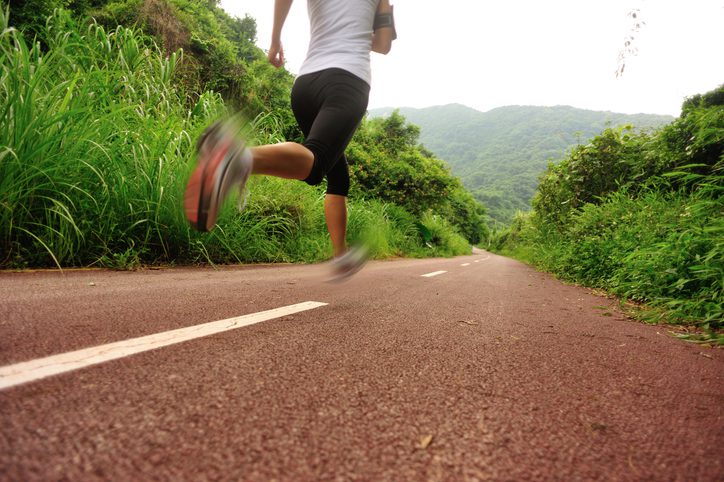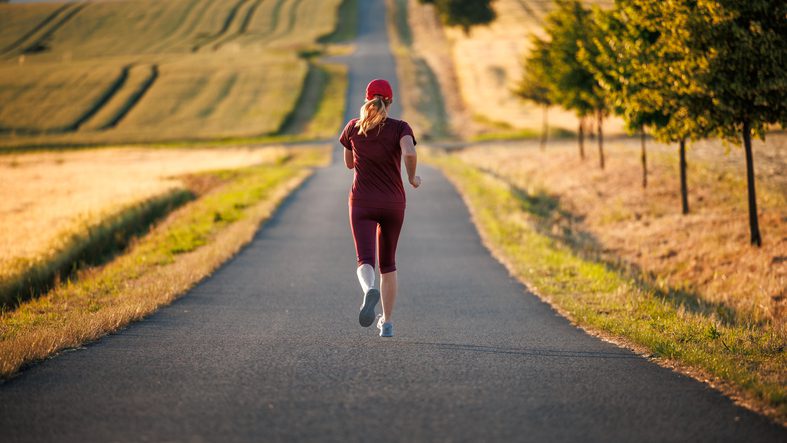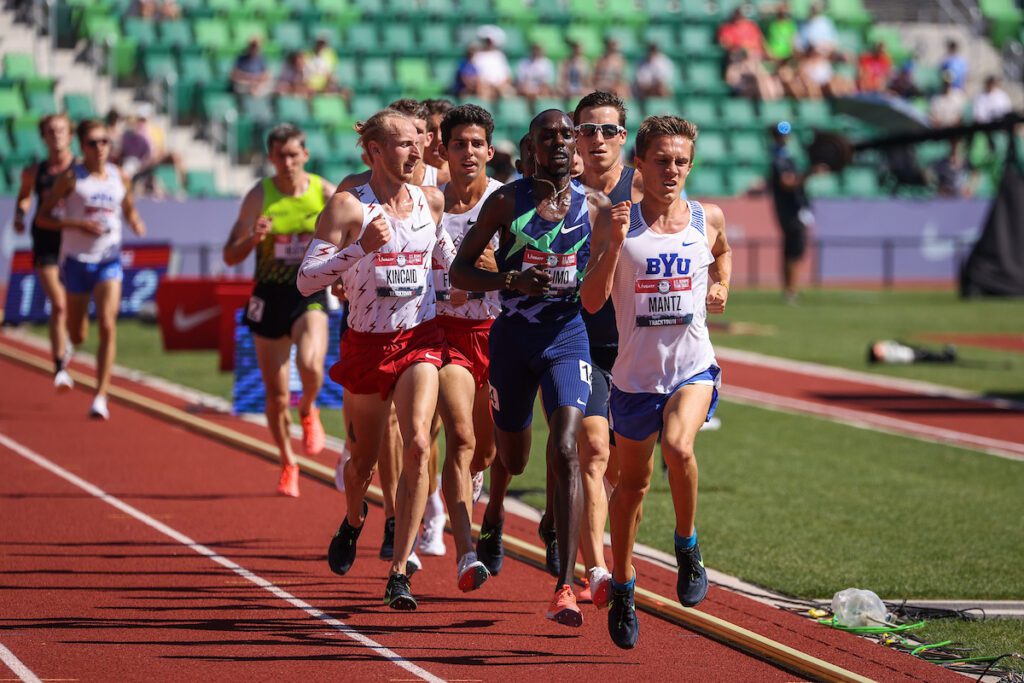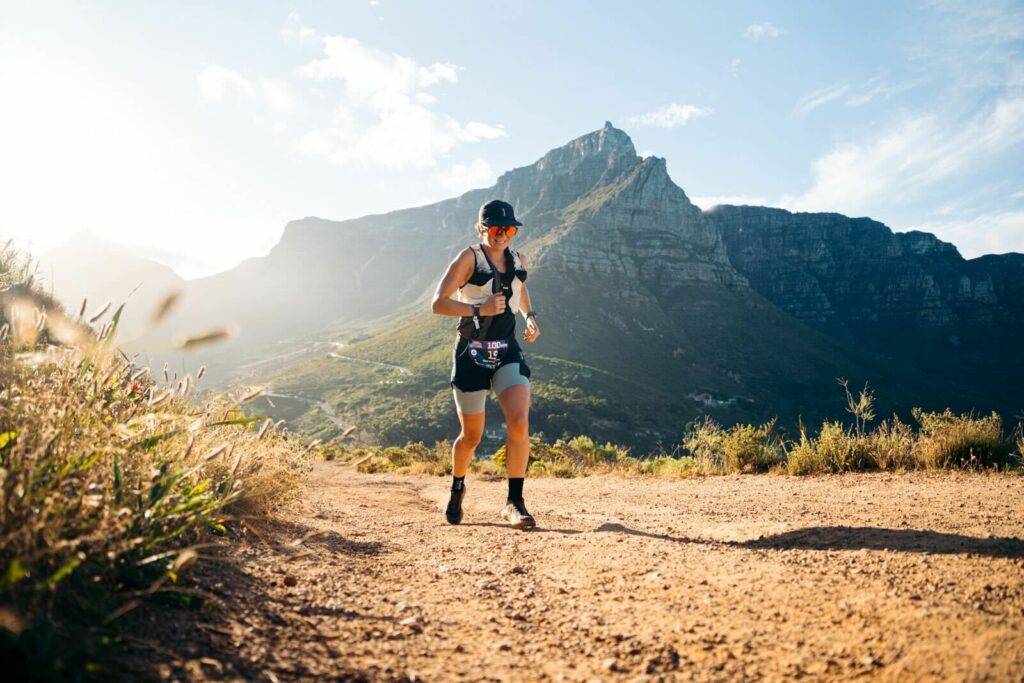“Time on feet” training–is it right for you?
Time on feet training is becoming increasingly popular, but who is it best for?

Time on Feet (ToF) training is an approach that prioritizes the duration of a run rather than specific distances. Emphasizing the time spent running, rather than the pace or distance covered, this training method can offer unique benefits for certain types of runners. Canadian Running spoke with Jason Fitzgerald, a coach, 2:39 marathoner and host of the Strength Running Podcast, to learn what ToF training entails and who should consider incorporating it into their program.
The basics
In ToF training, runners aim to meet a prescribed duration for their training runs instead of focusing on a specific distance. For instance, a training plan may specify a two-hour long run, rather than a set mileage. This approach allows them to maintain a consistent effort without the pressure of reaching mileage targets.

Benefits for competitive runners
Fitzgerald says ToF training can be particularly valuable for competitive runners who want to avoid the pressure of running at a specific pace. By prioritizing time, athletes can focus on maintaining a comfortable effort level without the constraints imposed by set distances. This approach allows for better pacing control and helps prevent overexertion during training.
Fitzgerald notes that race-specific workouts and training for specific distances should not be neglected entirely. While ToF training provides flexibility, distance-focused training is crucial to prepare for races that follow set distances. “Races are rarely run by time (i.e., the most you can run in one hour) so it’s helpful to focus on distance when you want to run race-specific workouts or ensure that you can finish a long race, like a marathon,” he says.

The benefits for new runners
For novice runners, ToF training offers a valuable approach to building endurance and capacity gradually. Rather than focusing solely on hitting specific distances, new runners can concentrate on running for longer durations. This approach allows their bodies to adapt and gradually increase their running capabilities, reducing the risk of injury associated with pushing distances too soon.
Considerations for track athletes
Track athletes primarily focus on shorter distances and require precise training to improve their speed and performance. “Their workouts will likely be on the track, which is a venue that helps you run particular distances more precisely,” says Fitzgerald. “But even track runners can use this methodology for some of their runs when distance isn’t important, like an easy “base” run for an hour.”

Utility for ultrarunners
Fitzgerald says ultrarunners, in particular, can greatly benefit from ToF training. This method prepares them to endure prolonged periods on their feet, including walking and rest stops during races. By practising running for extended periods, ultrarunners can develop the stamina and mental fortitude necessary to tackle gruelling events.
“Many ultramarathoners will venture onto the trails for a two- to four-hour long run. Their goal is time on feet, not distance or pace, which prepares them to stay on their feet for a very long time on race day,” he says.

How to add ToF training to your schedule
The good news is that implementing ToF training into your program is simple. “Just convert distances to time, and run those instead,” says Fitzgerald. “So if your training plan asks you to run four miles, you can instead run a certain amount of time that generally corresponds to that distance.”
The bottom line
Time on feet is a great training option when you’re trying to control your pace during runs, prepare for a long race like an ultra or avoid increasing your mileage too quickly when you’re new to running or returning from an injury. It’s easy to implement, and can take some of the pressure off your runs, so you can get more enjoyment out of your training.

